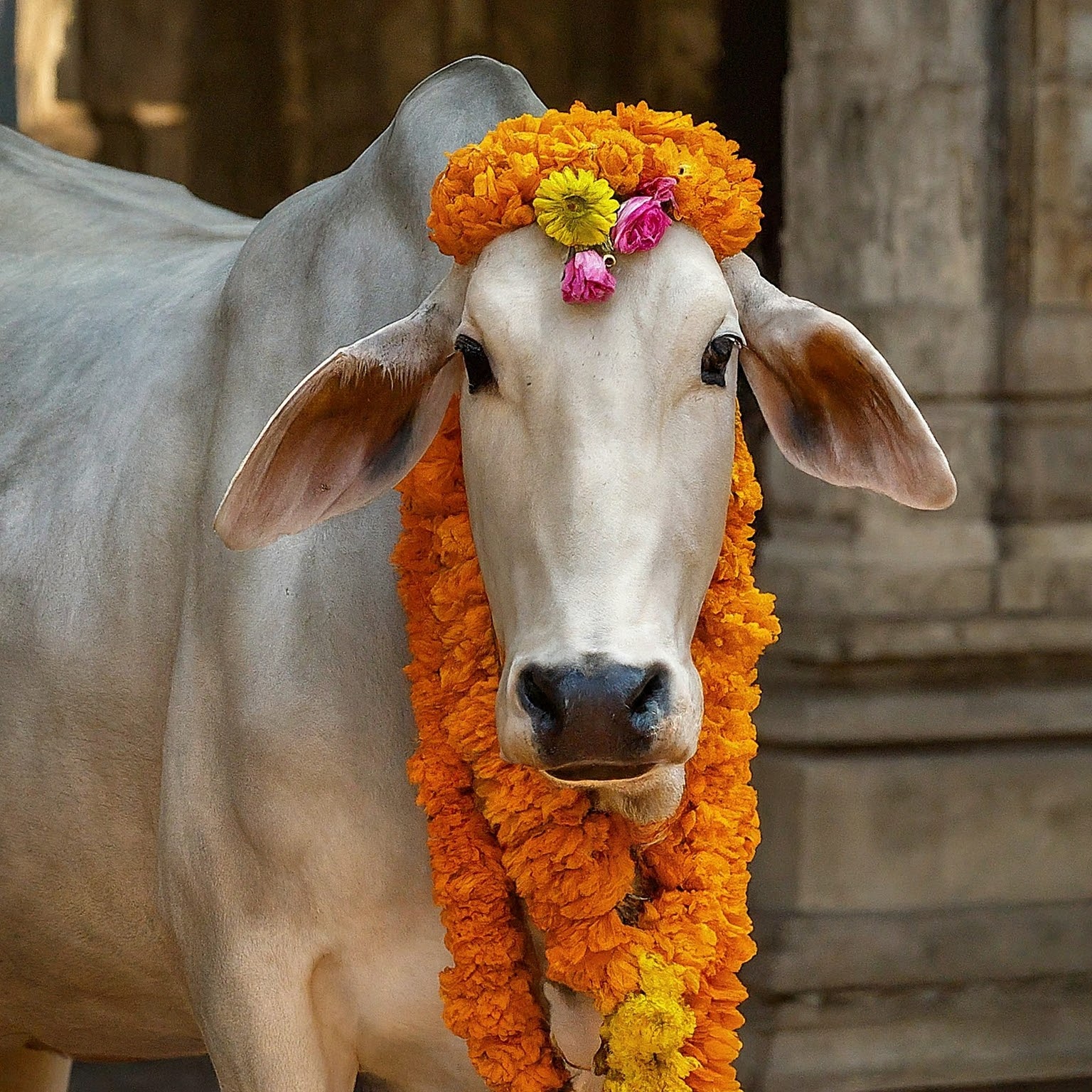एग्रीकल्चर | Agriculture Meaning and Definition | Agriculture History - Blog 44
● एग्रीकल्चर दो लैटिन शब्द से मिलकर बना है।
1. Agri अर्थात soil
2. Culture अर्थात cultivation
🌾 Agriculture: Meaning and Definition
✅ Meaning of Agriculture:
Agriculture is the practice of cultivating the soil, growing crops, and raising animals to produce food, fiber, medicinal plants, and other products used to sustain and enhance human life.
👉 In simple words:
"Agriculture is the science and art of growing crops and raising livestock for human use and survival."
📘 Definition of Agriculture (By Experts):
-
Oxford Dictionary:
“The science or practice of farming, including cultivation of the soil for the growing of crops and the rearing of animals to provide food, wool, and other products.” -
FAO (Food and Agriculture Organization):
“Agriculture is the cultivation of crops and livestock management for food, fiber, and other products essential for life.” -
USDA (United States Department of Agriculture):
“Agriculture encompasses farming, forestry, animal husbandry, and fisheries, which are all essential to the global food system.” -
Indian Council of Agricultural Research (ICAR):
“Agriculture is the applied science that deals with the mass production of plants and animals for human consumption.”
🌱 Key Components of Agriculture:
-
Crop Production
-
Horticulture
-
Animal Husbandry
-
Poultry and Fisheries
-
Forestry
-
Agricultural Engineering
-
Soil Science
-
Agribusiness and Agri-marketing
📌 Conclusion:
Agriculture is not just about food production—it's the backbone of any nation's economy, culture, and survival. It blends science, technology, and tradition to ensure food security and rural development.
यहाँ "कृषि का इतिहास वर्षवार (Agriculture History Year Wise in Hindi)" एक सरल और तथ्यात्मक रूप में प्रस्तुत किया गया है, जो छात्रों, प्रतियोगी परीक्षा अभ्यर्थियों और कृषि में रुचि रखने वालों के लिए उपयोगी है।
📜 कृषि का इतिहास – वर्षवार (Agriculture History Year-wise in Hindi)
| वर्ष / काल | महत्वपूर्ण कृषि घटना / विकास |
|---|---|
| 9000–7000 ई.पू. | सबसे प्राचीन कृषि सभ्यता – मेसोपोटामिया और हड़प्पा में कृषि की शुरुआत। गेहूं, जौ की खेती। |
| 7000–5000 ई.पू. | भारत में खेती और पशुपालन की शुरुआत (मेहरगढ़, बलूचिस्तान)। |
| 2500–1500 ई.पू. | सिंधु घाटी सभ्यता – उन्नत सिंचाई व्यवस्था, भंडारण। चावल, कपास, गेहूं की खेती। |
| 600 ई.पू. | मनुस्मृति और अन्य ग्रंथों में कृषि और वर्षा आधारित खेती का उल्लेख। |
| 1200–1500 ई. | भारत में बागवानी और नहर सिंचाई का विकास (दिल्ली सल्तनत और मुग़ल काल)। |
| 1760–1840 | औद्योगिक क्रांति (ब्रिटेन) – कृषि से औद्योगिक युग में बदलाव। यंत्रों का प्रयोग शुरू। |
| 1866 | ग्रेगर मेंडेल द्वारा आनुवंशिकी के सिद्धांत प्रस्तुत – कृषि प्रजनन में क्रांति की नींव। |
| 1881 | भारत में पहली कृषि जनगणना। |
| 1905 | भारत में कृषि अनुसंधान संस्थान (IARI) की स्थापना (पूस, बिहार)। |
| 1947 | स्वतंत्र भारत – खाद्यान्न संकट और पारंपरिक खेती पर निर्भरता। |
| 1965–66 | हरित क्रांति की शुरुआत – HYV बीज, उर्वरक, सिंचाई। |
| 1969 | ICAR को स्वायत्त संस्था घोषित किया गया। |
| 1970 | राष्ट्रीय बीज निगम (NSC) की स्थापना। |
| 1985 | राष्ट्रीय कृषि नीति की शुरुआत। |
| 1991 | उदारीकरण के साथ कृषि में तकनीकी और निजी निवेश बढ़ा। |
| 2000 | कृषि निर्यात नीति और जैविक खेती पर बल। |
| 2003 | राष्ट्रीय खाद्य सुरक्षा मिशन की योजना। |
| 2016 | प्रधानमंत्री फसल बीमा योजना (PMFBY) का शुभारंभ। |
| 2018 | ई-नाम (e-NAM) – कृषि बाजारों का डिजिटलीकरण। |
| 2020 | कृषि सुधार कानून (Farm Bills) संसद में पारित। |
| 2021–अब तक | जैविक खेती, प्राकृतिक खेती, स्मार्ट खेती (AI, IoT) और सौर ऊर्जा आधारित कृषि उपकरणों पर ज़ोर। |
🧠 निष्कर्ष
कृषि का इतिहास मानव सभ्यता के विकास का आधार है। समय के साथ यह पारंपरिक तरीकों से निकलकर आधुनिक वैज्ञानिक, तकनीकी और टिकाऊ मॉडल की ओर बढ़ी है।
● एग्रीकल्चर की शुरुआत 35 वर्ष पूर्व अफ्रीका से हुई |
इस प्रकार होमो सेपियंस का अर्थ सीखने की प्रवृत्ति.
एग्रीकल्चर 1st पालतू जानवर कुत्ता था ।
जिसका उपयोग शिकार के लिए किया जाता था ।
● 10000 ईसापूर्व शिकार करना शुरू हुआ ।
● 6000 वर्ष पूर्व पशुओं को पशु को पालना शुरू हुआ और पशुपालन शुरू हुआ ।
● 2900 हल का आविष्कार हुआ और सिंचाई शुरू हुई |
● 2200 ईसा पूर्व धान की फसल लगाना शुरू हुआ ।
● भारत में मौसमी या छिपी प्रकार की बेरोजगारी है।
● india Forest Area 20%
● irrigation Area 40%
● village population 60%




टिप्पणियाँ
एक टिप्पणी भेजें
Thanks for Comment....